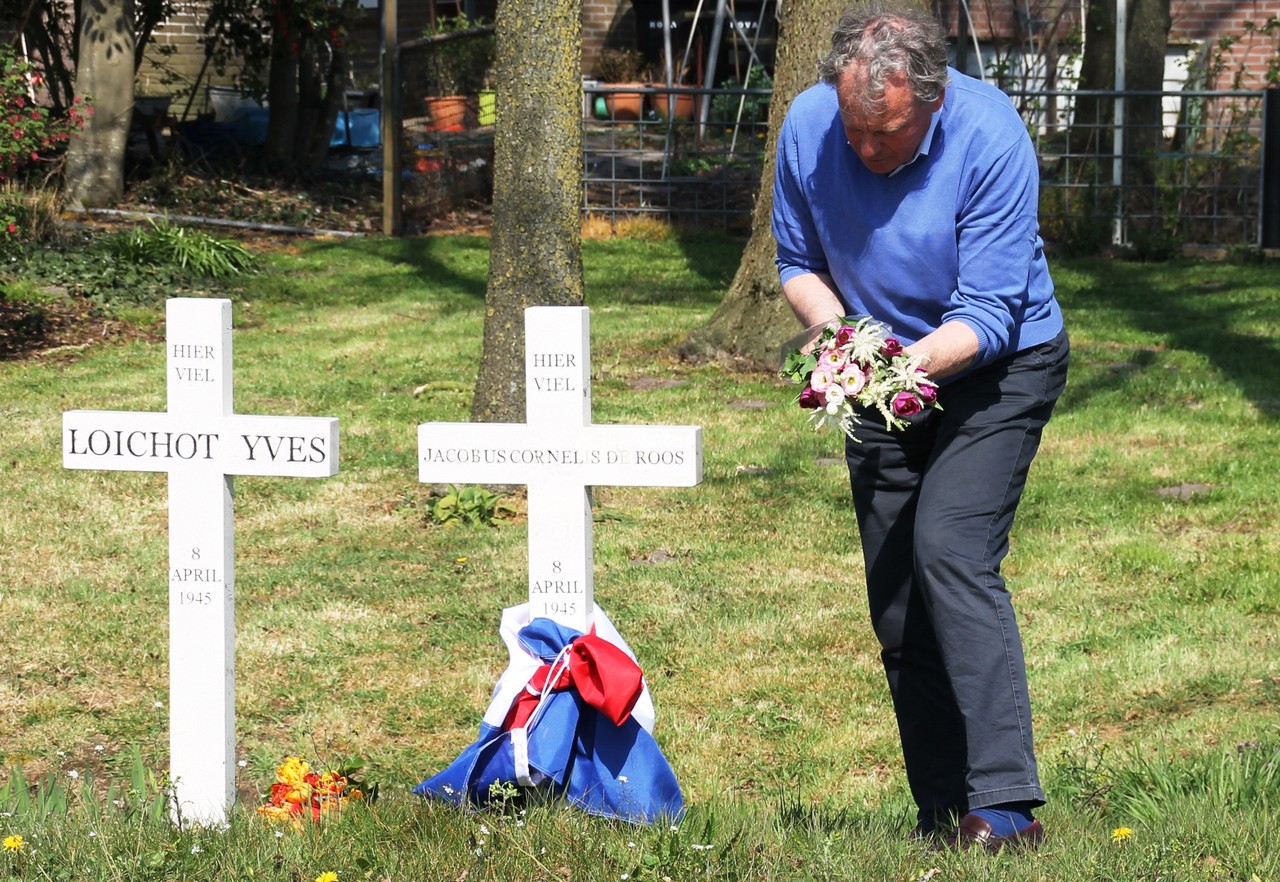In the early morning of Sunday, 8 April 1945, 702 French paratroopers from the elite French SAS units landed in Drenthe and northern Overijssel. During Operation Amherst, their mission was to help eliminate the last pockets of pro-German resistance in Drenthe. Because they were using outdated maps, the 15th parachute group, about 25 men, jumped in the wrong place. They landed in Punthorst and found shelter with the resistance group led by Jos Bonvanie, hiding in the nearby state forest of Staphorst.
After consulting with the French, the resistance decided to arrest the local NSB families living in the area. Resistance member Kees de Roos and French paratrooper Yves Loichot set off on a motorcycle to the homes of the Sterken, Prins, and Santing families, all fervent NSB supporters. Their first stop was the Prins family home, where they arrested three people and brought them to the state forest. They then proceeded to the Santing farm on Dekkersweg. There, things went terribly wrong.
Shots were fired from an attic window, killing both men instantly. When the resistance group heard of this, they retaliated by opening fire on the farmhouse. Jacob Santing, Willem Santing, Harm Santing, and their father Hendrik Santing were executed on the spot. The group led by Cornelis Bonvanie was furious. That same evening, Klaas and Rutger Prins—two NSB members arrested earlier that morning—Hendrik Santing’s wife, and 15-year-old Alex Duif, also from an NSB family, were executed.
Local historian Willem Kappe, born in Staphorst and now living in Nijkerk, carried out extensive research into the tragedy. “The resistance members who carried out the executions were sentenced around 1952 to three months in prison, but since the men had just returned from the Indies, the higher authorities decided they could not be punished. The cases were dismissed,” Kappe explains. He believes the resistance group went far beyond what was justifiable: “The Prins family may have supported the NSB, but they never harmed anyone. Especially the execution of the 15-year-old boy was indefensible.”
The former hiding camp of Jos Bonvanie’s resistance group stood from late 1944 until liberation on 14 April 1945. At the original site in the forest—a natural hollow that had been deepened into a bivouac—the Historical Association of Staphorst has marked the camp’s outline. Colored posts indicate the different areas of the bivouac: blue marks the spring with clear fresh water, yellow the cooking hut, red the weapons tent where parachuted supplies were stored, and white the sleeping quarters. Initially, about ten men lived there, but by early April 1945, more than thirty people from Staphorst and its surroundings were hiding in the camp.
